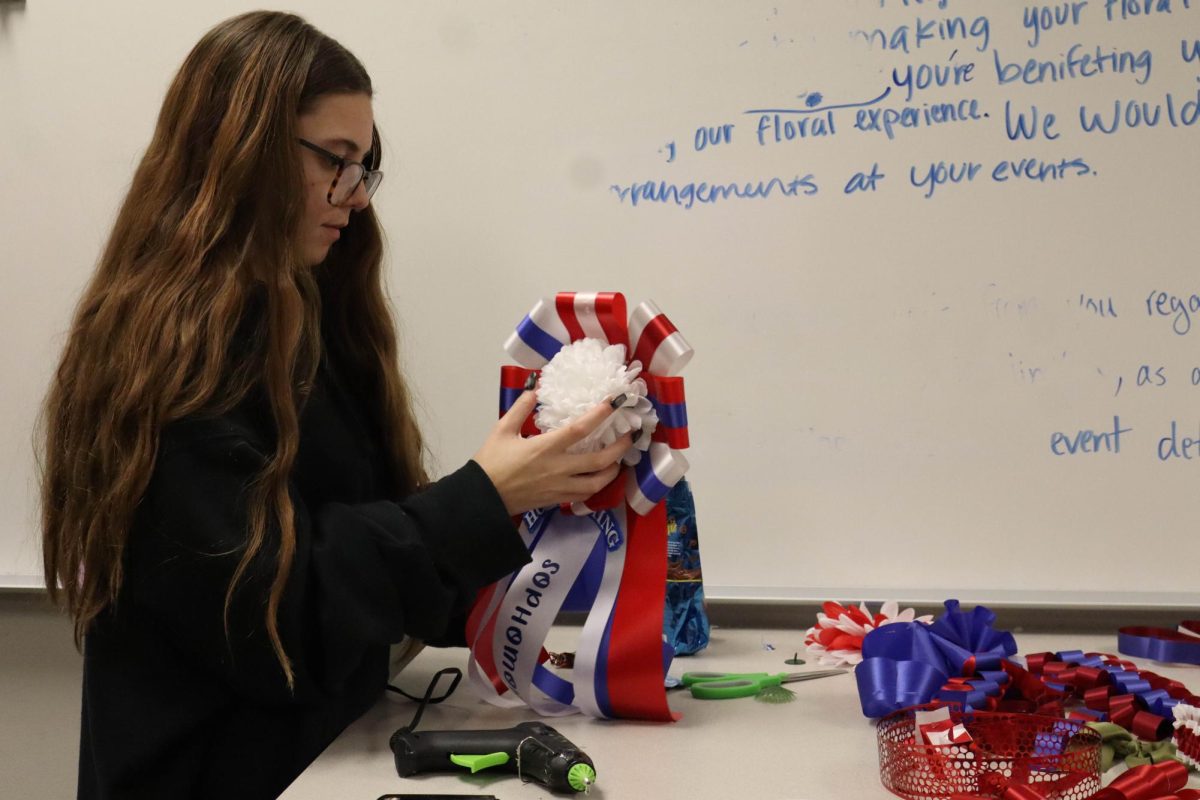Statistically, most schools have a closed campus. According to the National Institutes for Health, only 37% of schools in the nation have an open campus. Students on those campus who have an off period they may leave the campus, and students are able to leave for lunch. Leaving campus may open the door to potential risks or rule-breaking, but with the right guidelines and accountability, the benefits far outweigh the concerns.
High school is supposed to prepare us for adulthood, and part of that preparation includes learning how to manage our time and make responsible choices. Trusting students to leave and return on time not only builds that responsibility, but it also creates a more respectful, mature environment. Schools that implement open campus lunches often see a boost in morale and student satisfaction.
Cafeteria food doesn’t always meet everyone’s dietary needs or taste preferences. With open campus lunch, students have the option to choose meals that actually fuel their bodies and minds. Whether it’s something healthier, more filling, or just more enjoyable, the choice matters. It can even lead to improved focus and performance in afternoon classes.
For students who need a mental break during the day, even 30 minutes away from campus can be a great reset. High school can be stressful, and a change of scenery during lunch can help reduce burnout. That’s especially important when you consider how packed our days can be with classes, extracurriculars, and studying.
Open campus does come with concerns. Safety is always a priority, but rather than shutting the door on the idea completely, we should work on solutions like requiring parental permission, limiting the privilege to upperclassmen, or using student check-in and check-out systems.
An open campus is about giving students a little more control over their day. It’s about trust, balance, and treating students like the young adults we’re becoming.



